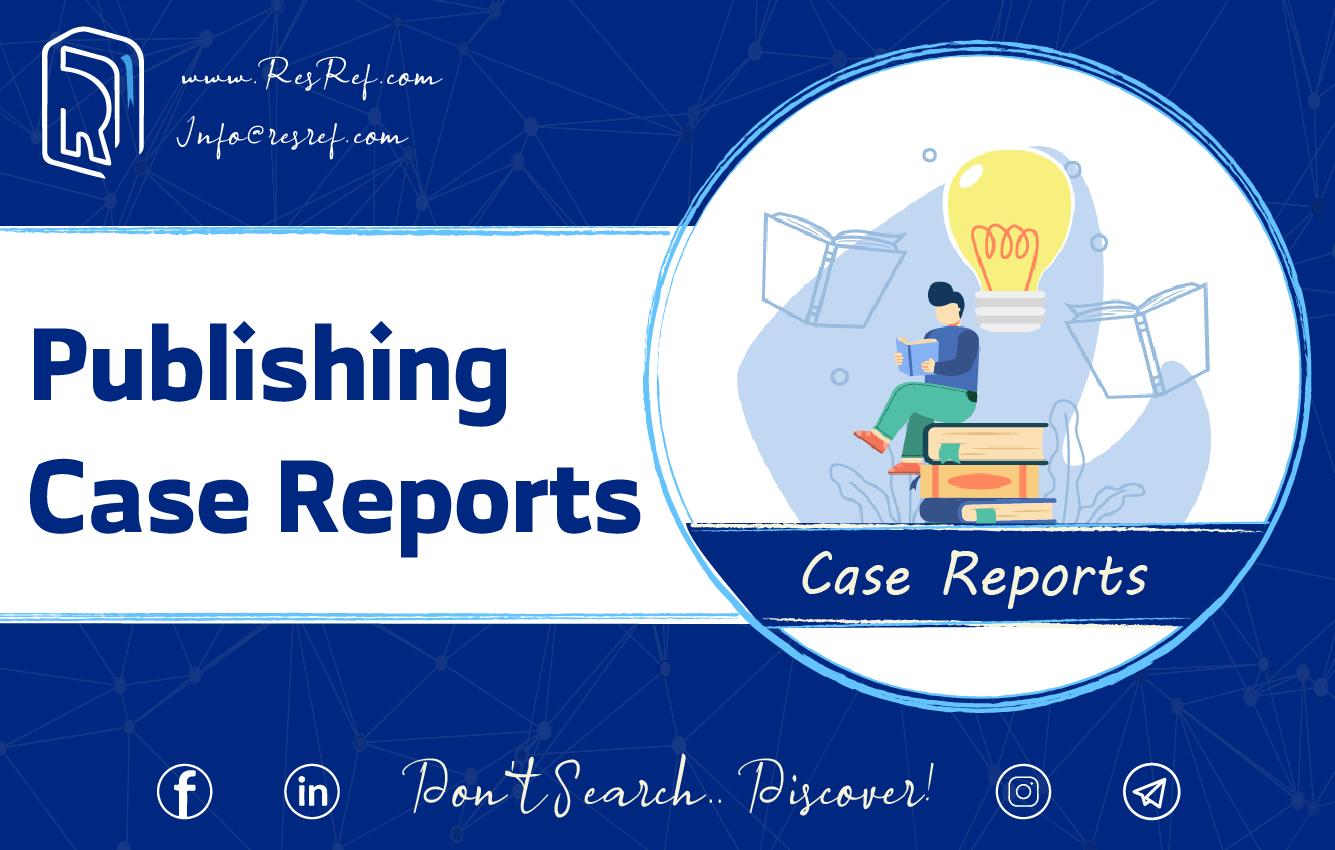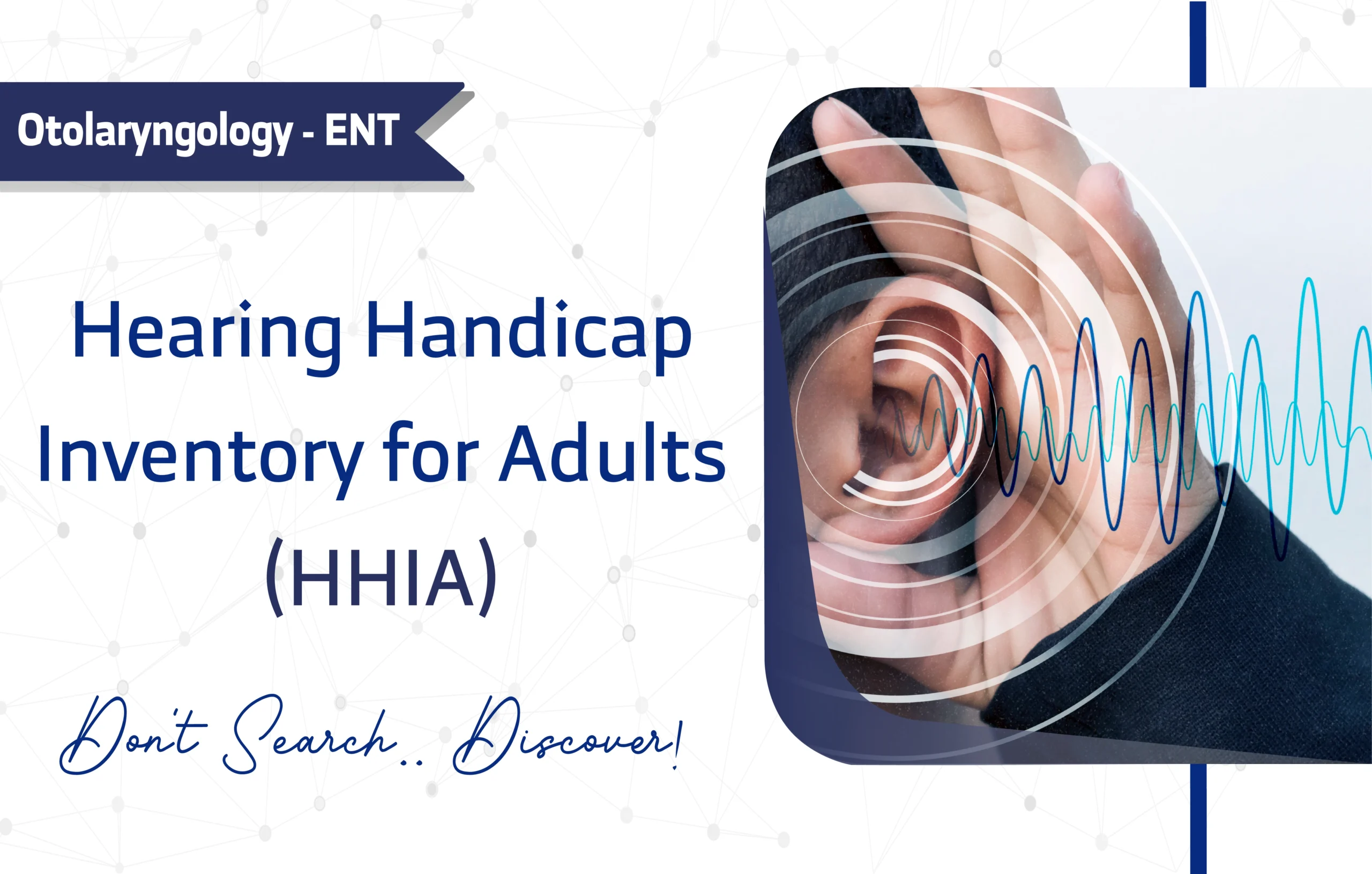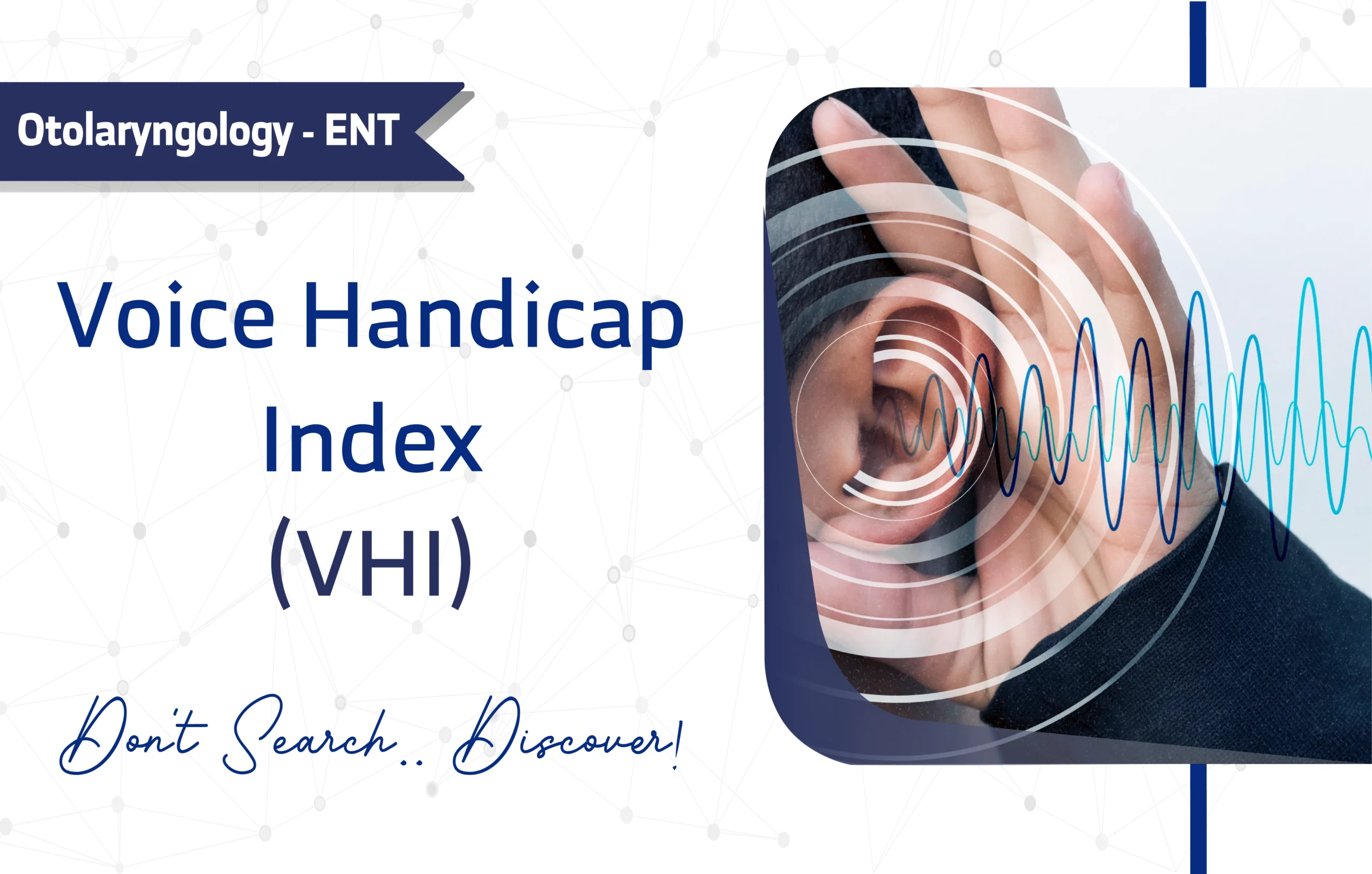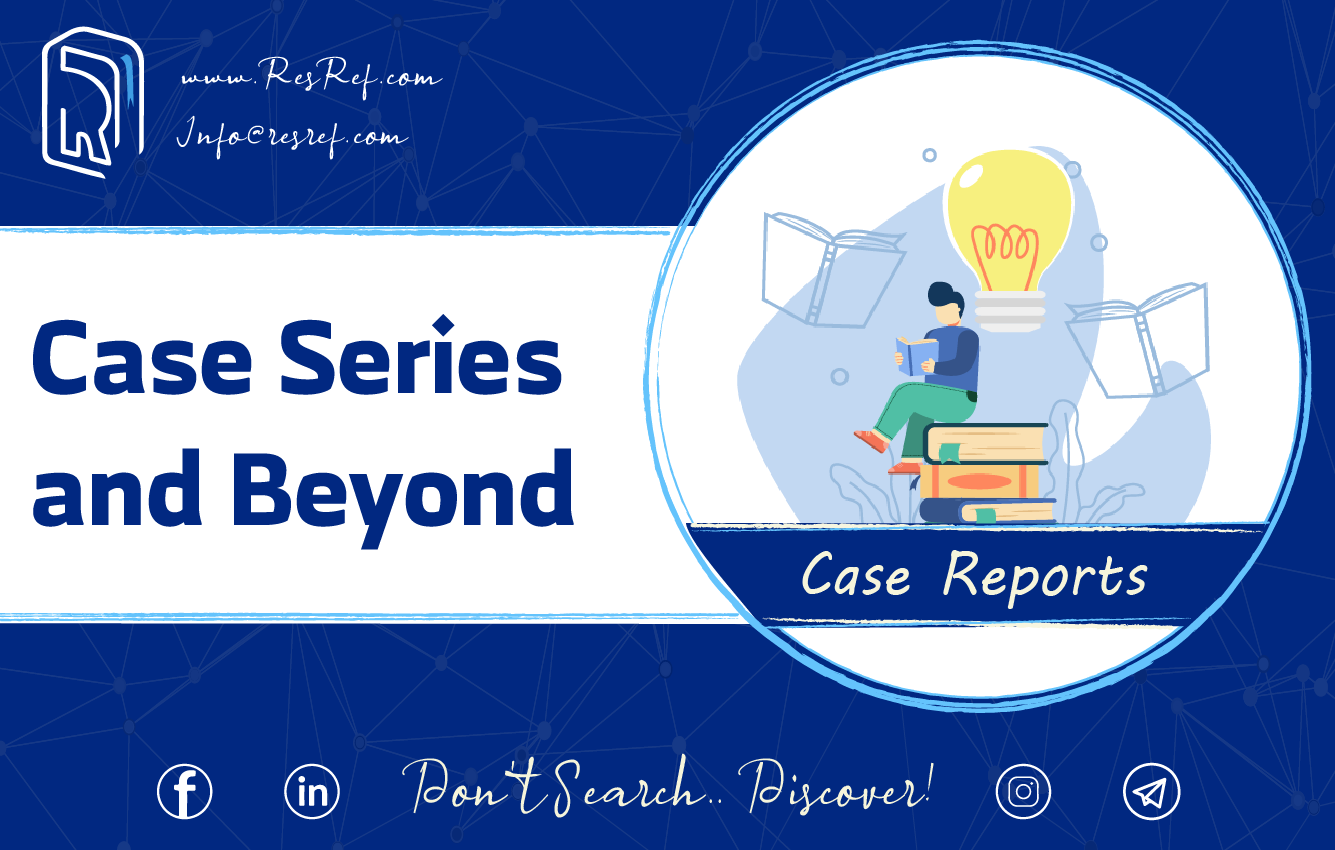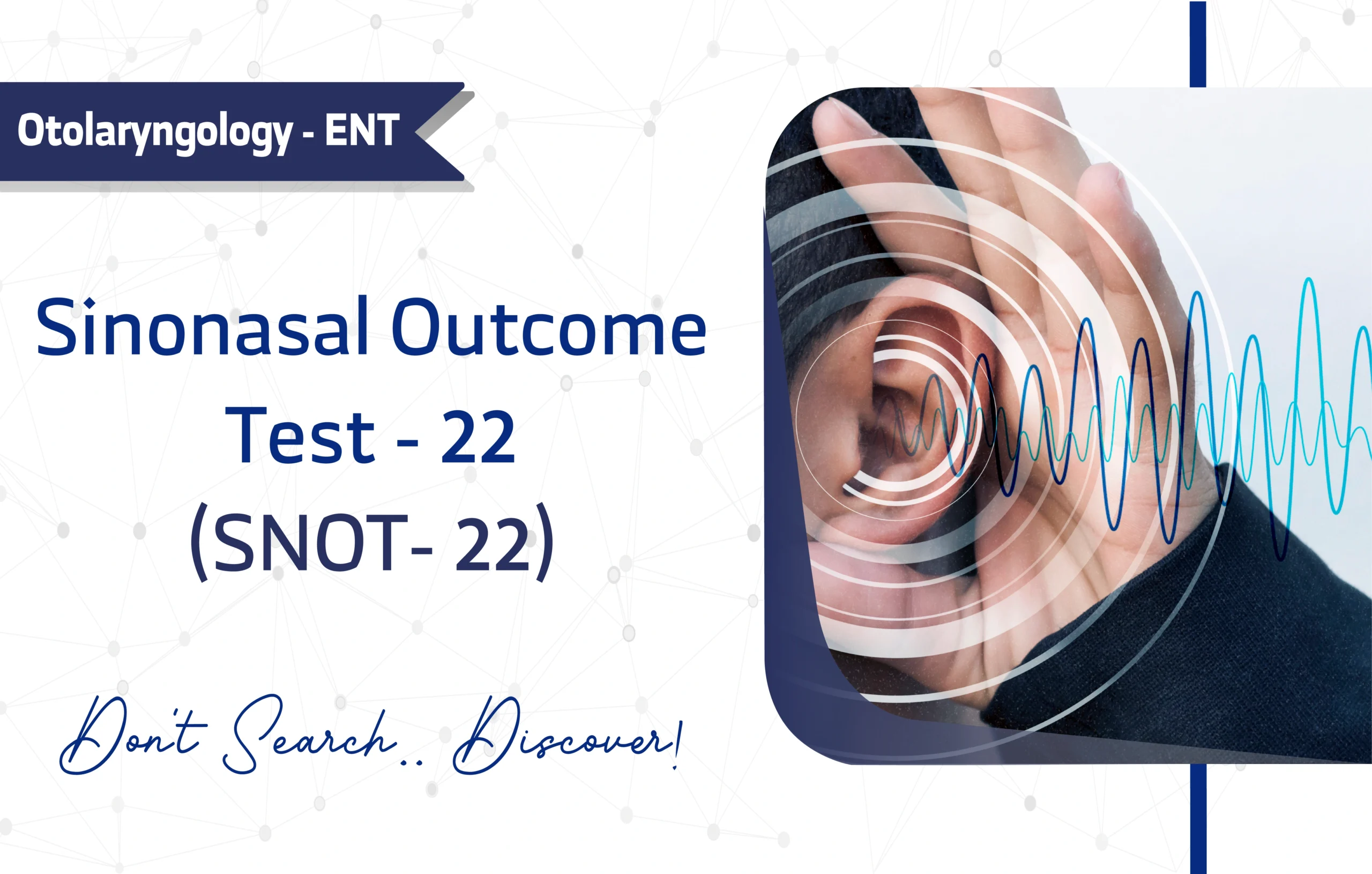Introduction
Skin conditions like psoriasis, eczema, and acne not only affect patients but also profoundly impact their families. The Family Dermatology Life Quality Index (FDLQI), developed by M.K.A. Basra, R. Sue-Ho, and A.Y. Finlay in 2007, is a pioneering tool designed to assess this secondary burden. Published by Cardiff University and the British Journal of Dermatology, the FDLQI has garnered over 270 citations for its original validation study, underscoring its significance in dermatology research (Basra et al., 2007).
Consequently, this article provides a detailed exploration of the FDLQI’s features, applications, and validation, tailored for researchers and clinicians aiming to enhance family-centered care in dermatology.
Key Features of the Family Dermatology Life Quality Index (FDLQI)
Purpose and Use
The FDLQI measures the impact of a patient’s skin condition on their family members’ quality of life. Specifically, it evaluates emotional, social, and practical challenges faced by families, making it a vital tool for both clinical practice and research. For instance, it helps clinicians identify family support needs and researchers assess treatment outcomes beyond the patient.
Target Population
The FDLQI is designed for adults (typically 16+ years) who are family members of patients with dermatological conditions. Therefore, it is suitable for diverse groups, including young adults, middle-aged adults, and seniors, ensuring broad applicability.
Structure
The FDLQI comprises 10 questions covering key domains, including:
- Emotional distress: Negative feelings like sadness or anxiety.
- Sleep disturbances: Disruptions due to the patient’s symptoms, such as itching.
- Personal relationships: Strain between family members and the patient.
- Social life: Avoidance of gatherings or outings.
- Leisure activities: Reduced participation due to caregiving demands.
- Daily routine: Disruptions to household chores or tasks.
- Work or studies: Absenteeism or reduced productivity.
- Financial burden: Costs from treatments or medical visits.
- Physical health: Fatigue or stress in family members.
- Patient care time: Extra time spent on tasks like applying ointments.
Scoring Method
The FDLQI’s scoring is straightforward: sum the scores of all 10 questions to obtain a total between 0 and 30. Each question uses a 4-point Likert scale (0 = Not at all/Not relevant, 3 = Very much), with a total score ranging from 0 to 30. Higher scores indicate greater impairment in family quality of life. Notably, if two or more questions are unanswered, the questionnaire is not scored. If multiple response options are selected, the highest score is recorded; if a response falls between two options, the lower score is used. The score can also be expressed as a percentage of the maximum 30. Interpretation guidelines are:
- 0-1: No effect on family quality of life.
- 2-5: Small effect.
- 6-10: Moderate effect.
- 11-20: Very large effect.
- 21-30: Extremely large effect.
Administration Format
The FDLQI takes less than 5 minutes to administer, making it highly efficient. It can be conducted via:
- Paper-based forms
- Digital (Online) platforms
- In-person interviews
Its self-administered format, requiring no specialized training, enhances its practicality for busy clinical environments.
Applications of Family Dermatology Life Quality Index (FDLQI)
The FDLQI serves multiple purposes in dermatology:
- Monitoring: Tracks changes in family quality of life over time, especially post-treatment.
- Research: Supports clinical trials by providing insights into the broader impact of dermatological treatments.
For instance, researchers can use the FDLQI to evaluate how new therapies alleviate family burdens, while clinicians can tailor interventions to improve family well-being.
Languages and Availability
To facilitate global use, the FDLQI is available in multiple languages, including:
- Arabic
- English
- Mandarin Chinese
- Spanish
- French
- Russian
- German
- Portuguese
- Japanese
- Along with Brazilian, Persian, and Italian
This multilingual accessibility enhances its utility in international research and clinical settings.
The FDLQI is free for academic and clinical use, with permission required for commercial applications. It operates under an Open Access license, copyrighted by M.K.A. Basra, A.Y. Finlay, and Cardiff University (© 2005). This accessibility, managed by Cardiff University, ensures broad adoption by researchers and clinicians. For licensing inquiries, contact mailto:FinlayAY@cf.ac.uk or visit Cardiff University.
Reliability and Validity
The FDLQI is highly reliable and valid. It achieves a Cronbach’s alpha of 0.88 or higher, indicating strong internal consistency. With validation studies confirming its robustness across various dermatological conditions.
Validation Study:
- Original Validation (2007): The foundational study established the FDLQI’s ability to measure the secondary impact of skin diseases on families (PubMed).
- Persian Version (2013): A study validated the reliability and validity of the Persian FDLQI, confirming its applicability in Iranian populations (PubMed).
- Italian Version (2012): The Italian FDLQI was validated for families of patients with recessive dystrophic epidermolysis bullosa, demonstrating its sensitivity to specific conditions (PubMed).
- Japanese Version (2017): The Japanese FDLQI was translated and validated, proving its cultural adaptability and reliability (PubMed).
These studies reinforce the FDLQI’s global applicability and robustness.
Limitations and Considerations
However, despite its strengths, the FDLQI has a few limitations:
- Self-report: Respondents may underreport issues due to social desirability bias.
- Cultural Bias: Cultural adaptations may be needed for certain populations.
- Limited Validation Studies: While robust, the FDLQI has fewer validation studies compared to other dermatology tools, potentially limiting its applicability in some contexts.
Other Versions and Related Questionnaires
Complementary Questionnaires
The Dermatology Life Quality Index (DLQI) directly assesses the impact of skin conditions on patients, complementing the FDLQI’s focus on families.
Additional Resources
For more information on the FDLQI and to access the full questionnaire, visit the following resources:
- Access the original validation study: Wiley Online Library
- Download the FDLQI questionnaire: Cardiff University
- For inquiries, contact: FinlayAY@cf.ac.uk
- Additional FDLQI resources: Cardiff University, PubMed and Article.
Frequently Asked Questions (FAQ)
- Who can use the FDLQI?
Researchers and clinicians use the FDLQI to assess the quality of life of family members (aged 16+) of patients with skin conditions. - How long does it take to complete the FDLQI?
The FDLQI takes less than 5 minutes to complete, making it practical for clinical and research settings. - How is the FDLQI administered?
It can be administered via paper-based, digital formats, and Interview (In-person), offering flexibility for diverse contexts. - Is there any cost to using the FDLQI?
The FDLQI is free for non-commercial use, but commercial use requires permission from Cardiff University.
A word from ResRef about Family Dermatology Life Quality Index (FDLQI)
The Family Dermatology Life Quality Index (FDLQI) is an important tool for assessing the indirect impact of dermatological diseases on the lives of patients’ families, highlighting the emotional, social, and economic aspects affected by these conditions. Thanks to its simplicity and accuracy, this questionnaire contributes to improving healthcare by understanding family needs and providing appropriate support. It demonstrates that treating skin diseases is not limited to the patient alone but extends to enhancing the quality of life for the entire family. Thus, it remains an essential tool in research and clinical practice to achieve comprehensive care.
References
- Basra MK, Sue-Ho R, Finlay AY. The Family Dermatology Life Quality Index: measuring the secondary impact of skin disease. Br J Dermatol. 2007 Mar;156(3):528-38. doi: 10.1111/j.1365-2133.2006.07617.x. Erratum in: Br J Dermatol. 2007 Apr;156(4):791. PMID: 17300244. (link)
- Safizadeh H, Nakhaee N, Shamsi-Meymandi S, Pourdamghan N, Basra MK. Preliminary reliability and validity of Persian version of the Family Dermatology Life Quality Index (FDLQI). Qual Life Res. 2014 Apr;23(3):869-75. doi: 10.1007/s11136-013-0514-6. Epub 2013 Sep 20. PMID: 24052325. (link)
- Sampogna F, Tabolli S, Di Pietro C, Castiglia D, Zambruno G, Abeni D. The evaluation of family impact of recessive dystrophic epidermolysis bullosa using the Italian version of the Family Dermatology Life Quality Index. J Eur Acad Dermatol Venereol. 2013 Sep;27(9):1151-5. doi: 10.1111/j.1468-3083.2012.04682.x. Epub 2012 Aug 11. PMID: 22882670. (link)
- Higaki Y, Tanaka M, Futei Y, Kamo T, Basra MKA, Finlay AY. Japanese version of the Family Dermatology Life Quality Index: Translation and validation. J Dermatol. 2017 Aug;44(8):914-919. doi: 10.1111/1346-8138.13831. Epub 2017 Mar 24. PMID: 28342225. (link)
- Farhad, H. and Amir, K. (2013). Impact of dermatological diseases on family members of the patients using Family Dermatology Life Quality Index: A preliminary study in Iran. Iranian Journal of Dermatology, 16(4), 128-131. (link)
- Żychowska M, Reich A, Maj J, Jankowska-Konsur A, Szepietowski JC. Impact of Childhood Psoriasis on Caregivers’ Quality of Life, Measured with Family Dermatology Life Quality Index. Acta Derm Venereol. 2020 Aug 18;100(15):adv00244. doi: 10.2340/00015555-3602. PMID: 32725260; PMCID: PMC9207654. (link)



